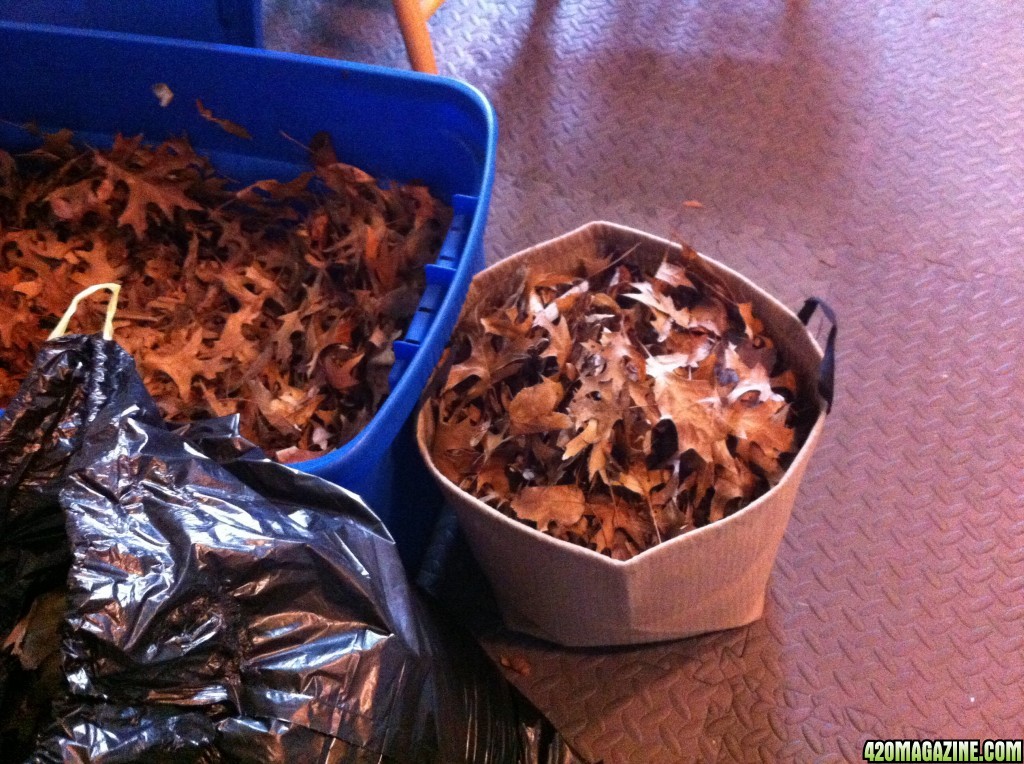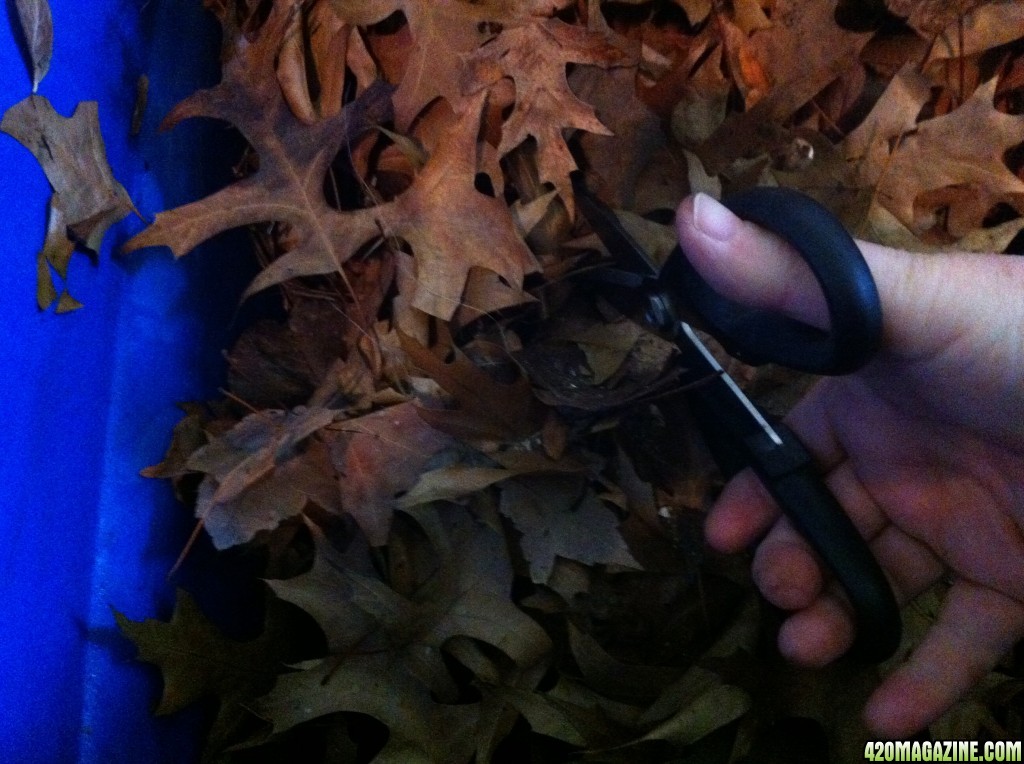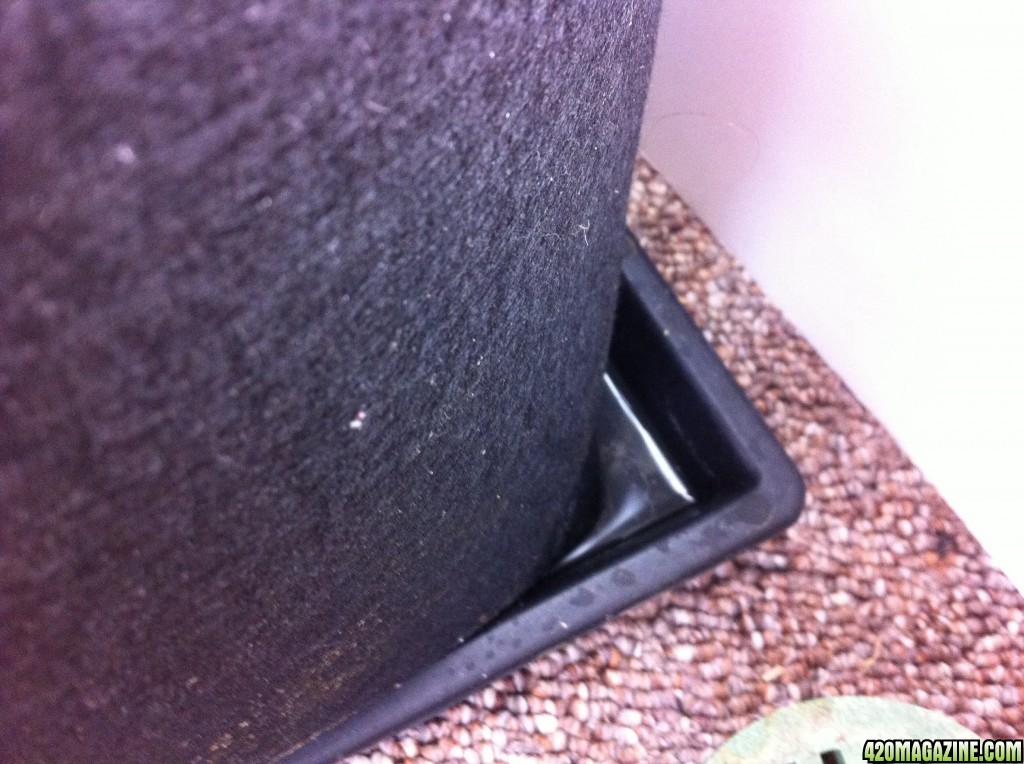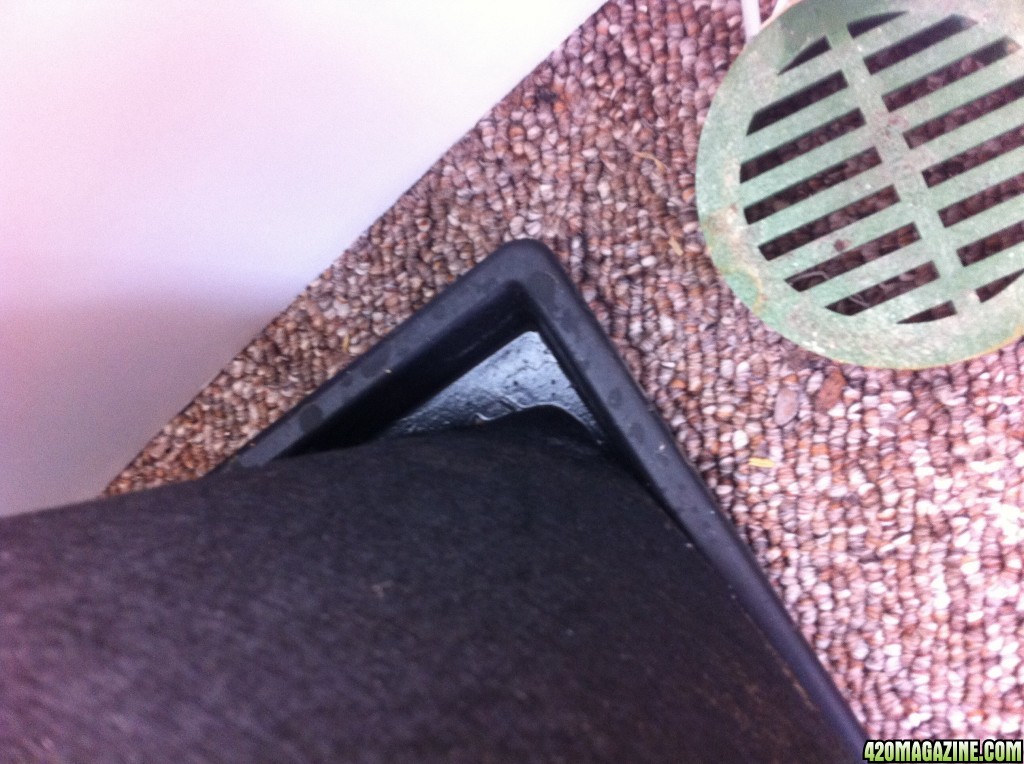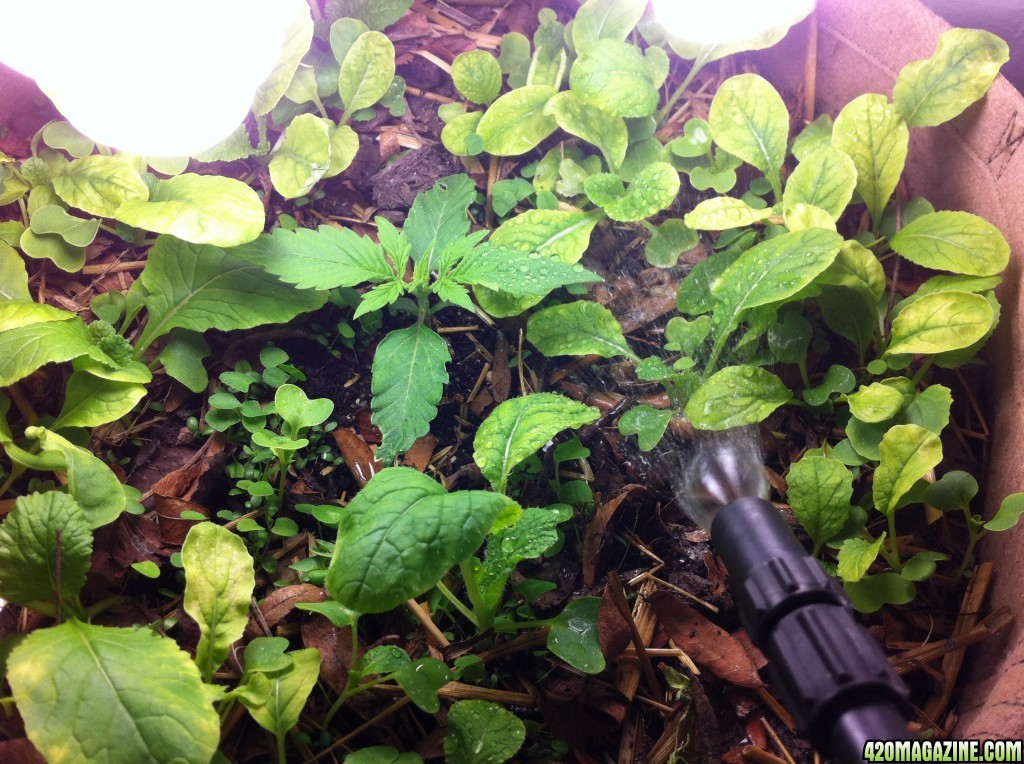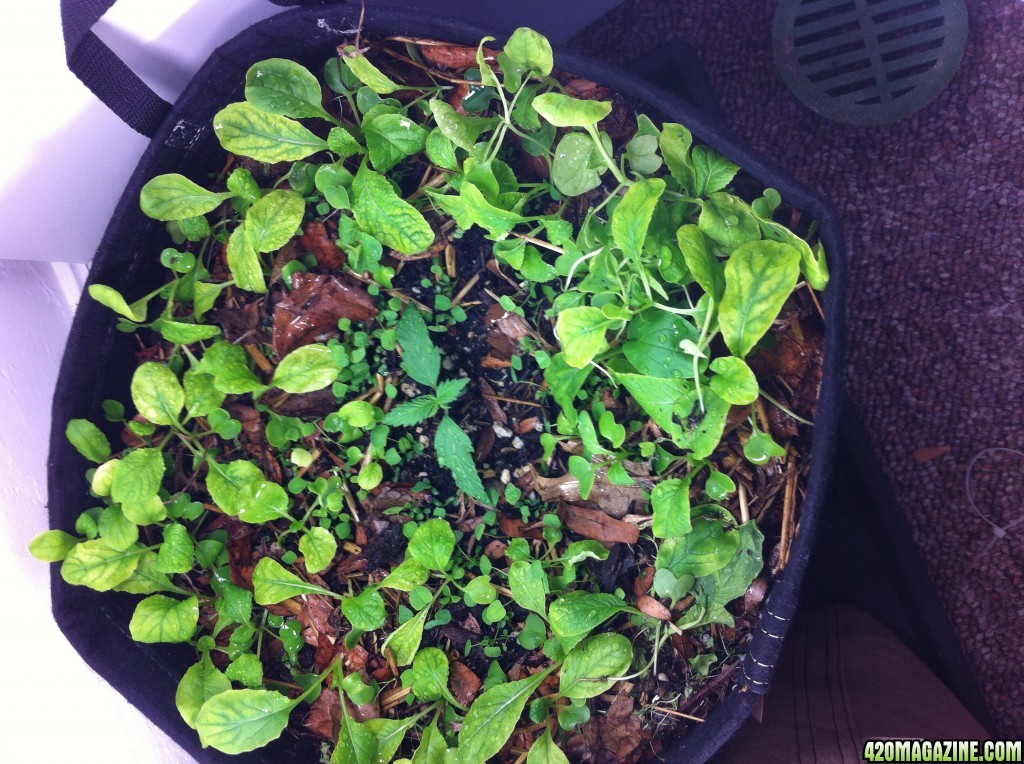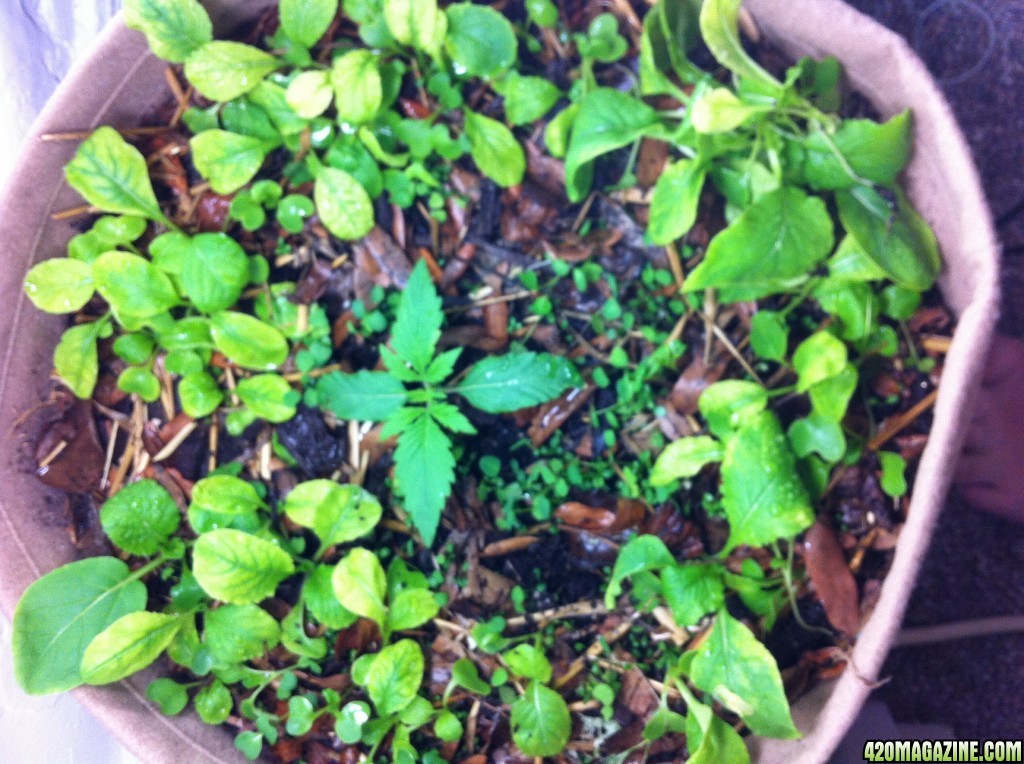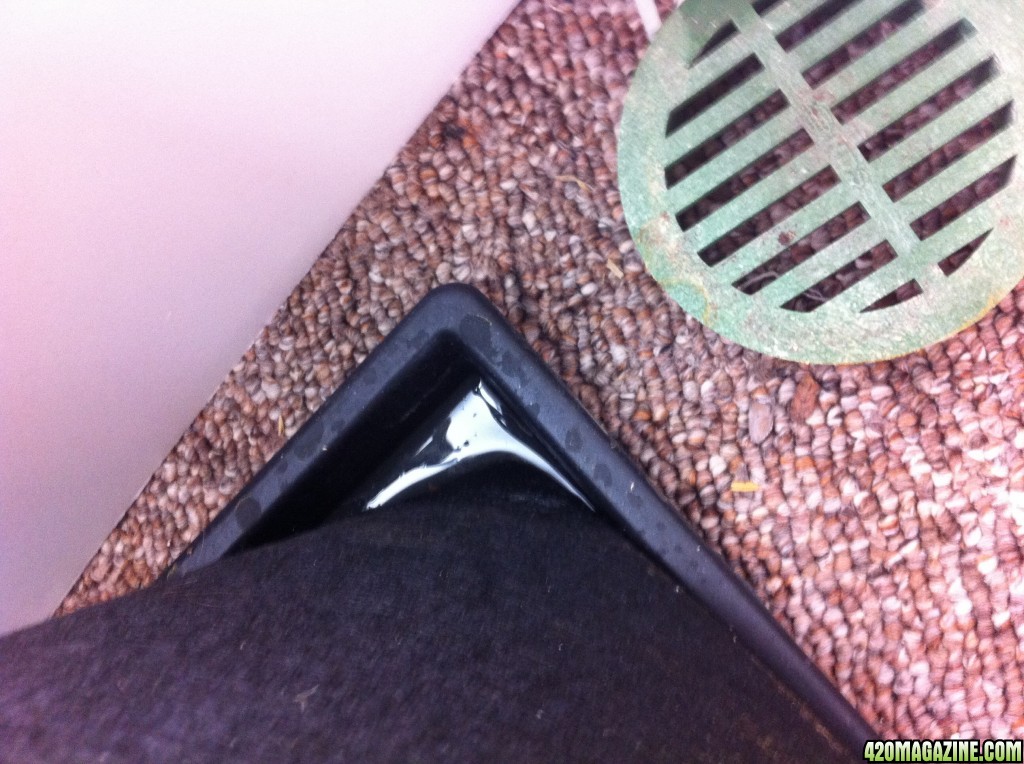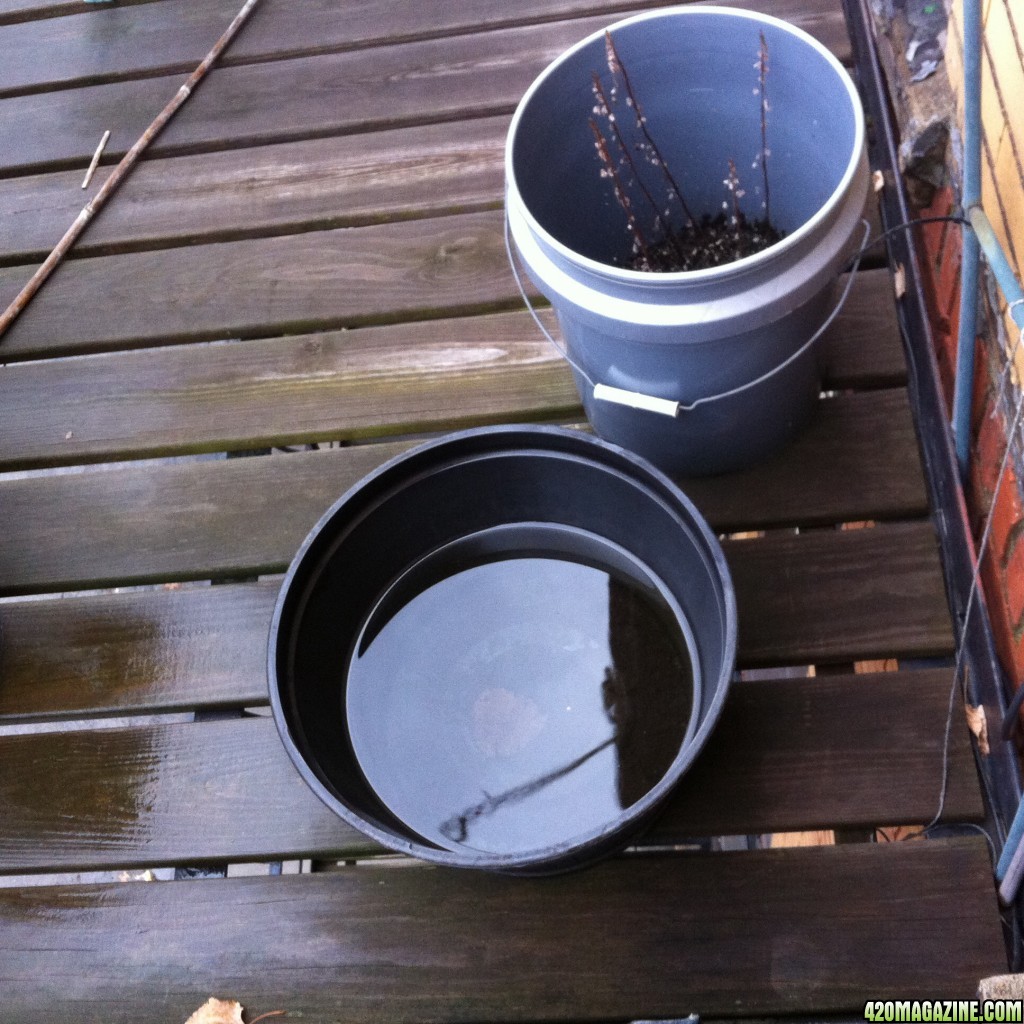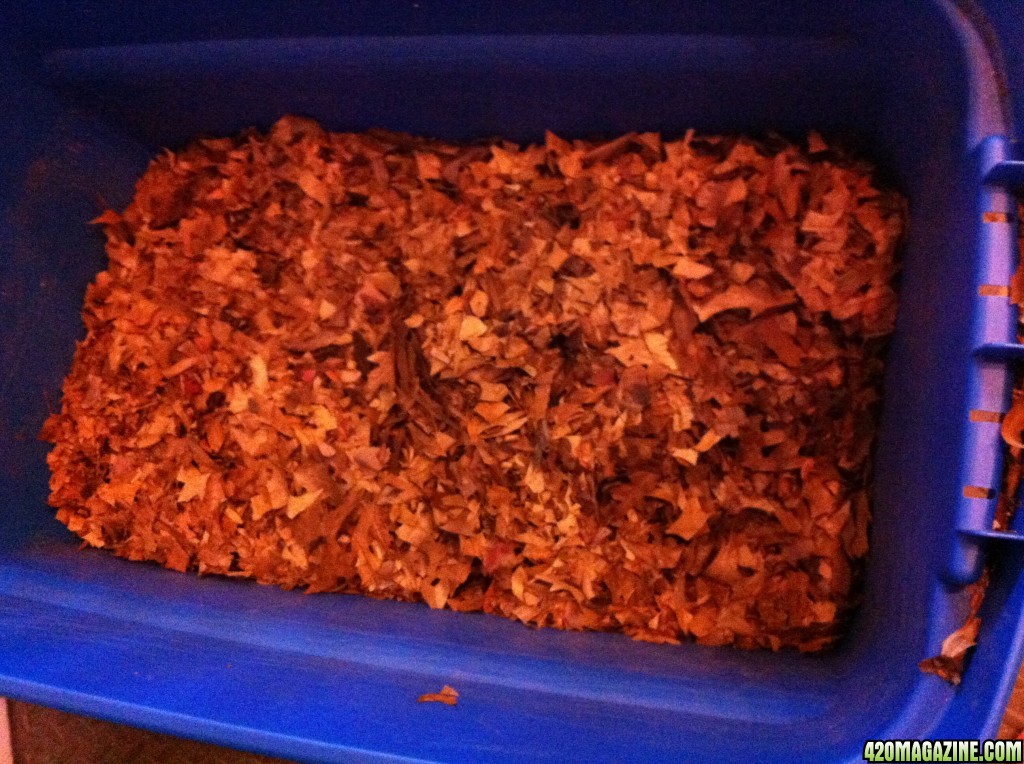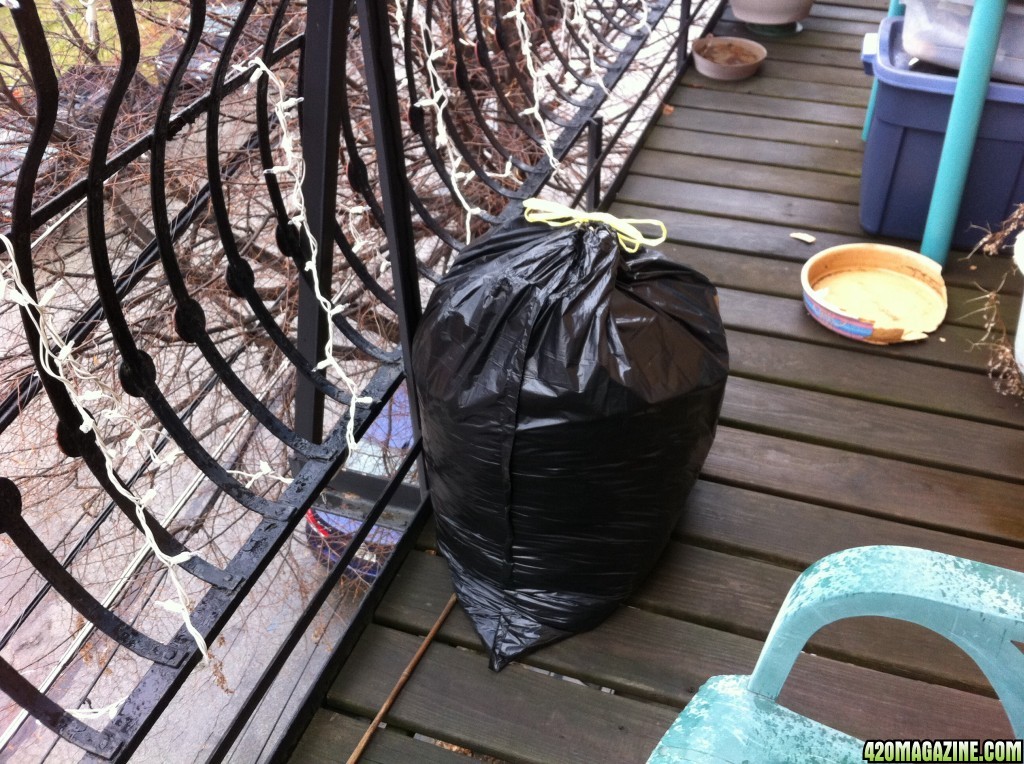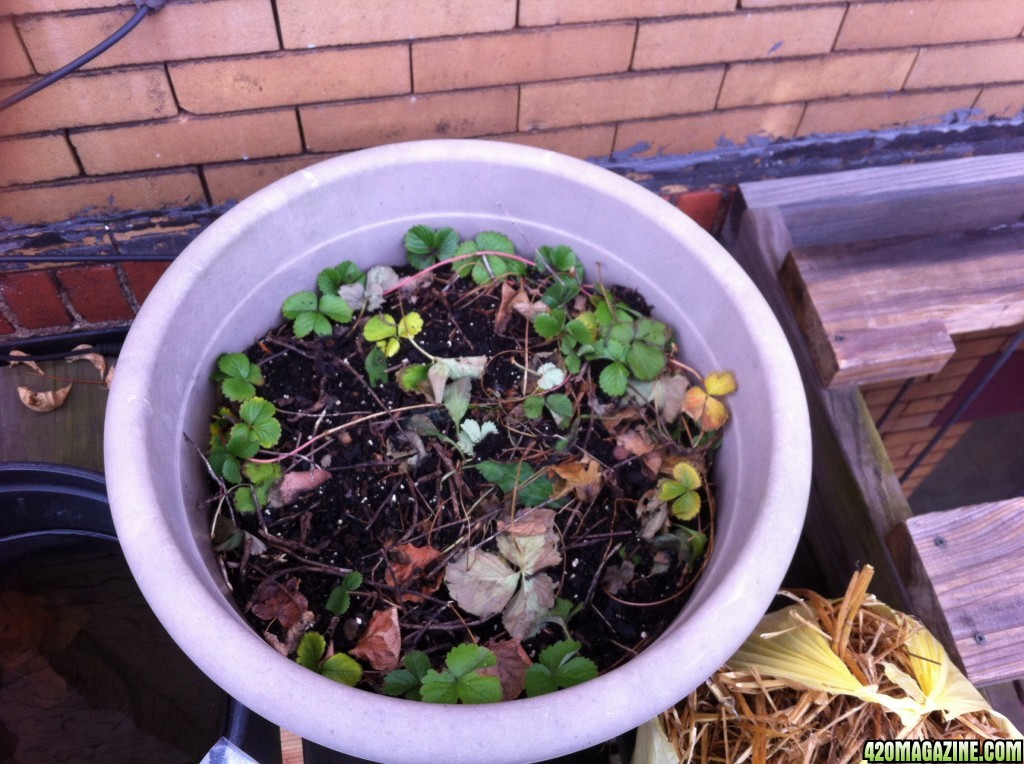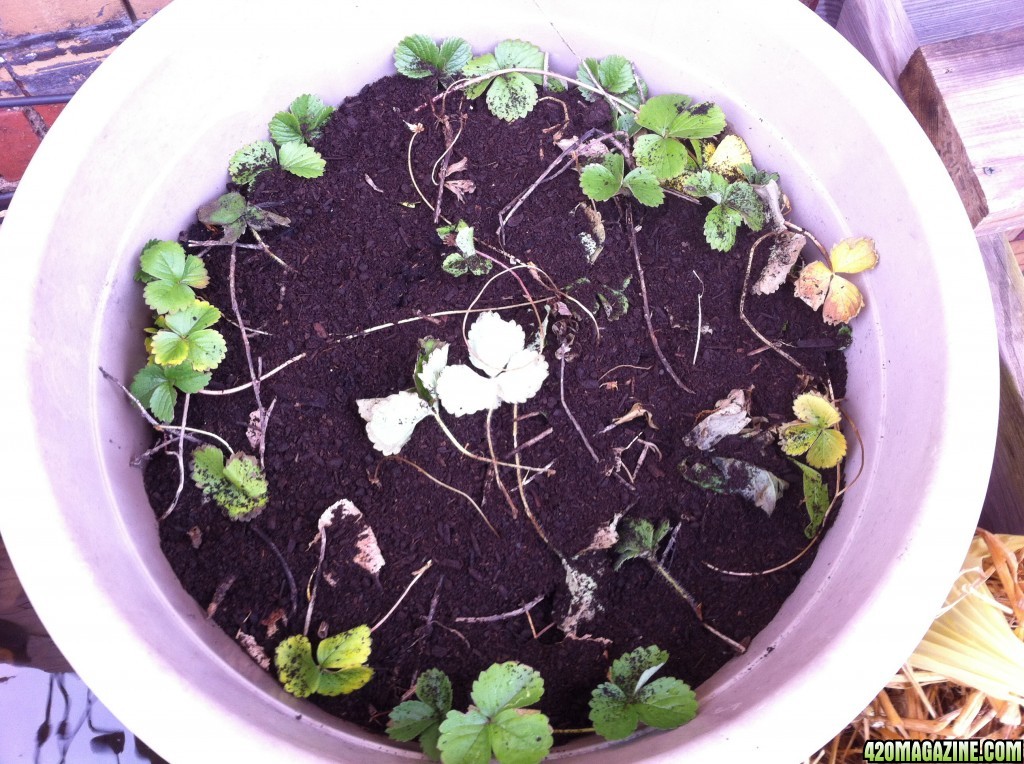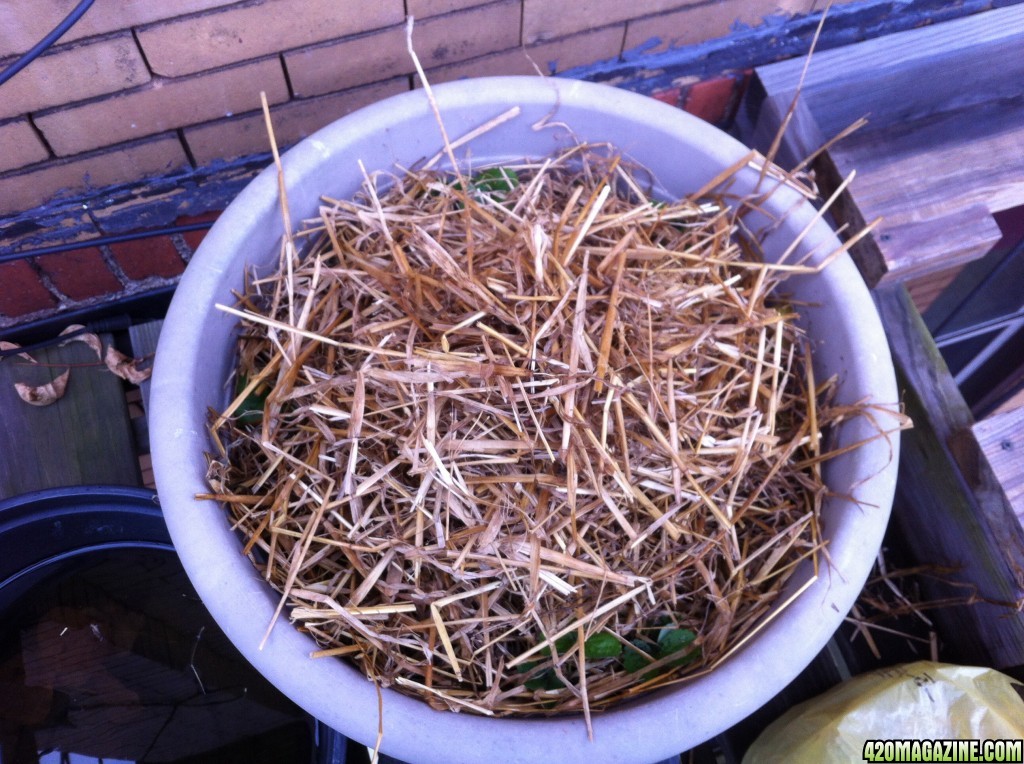- Thread starter
- #161
Sue,
Question for you. I wanna purchase more worms as well. Do you think it's a crazy time of the year to do that? I noticed yours came just fine. Who did you buy yours from?
I got mine from Jeremy, my favorite soil building resource (BAS). He's right in your back yard CO, so you should have no problem getting them. Shipping is done on Mondays to insure they don't sit over a weekend, but they won't ship until they're sure the weather won't be a problem.



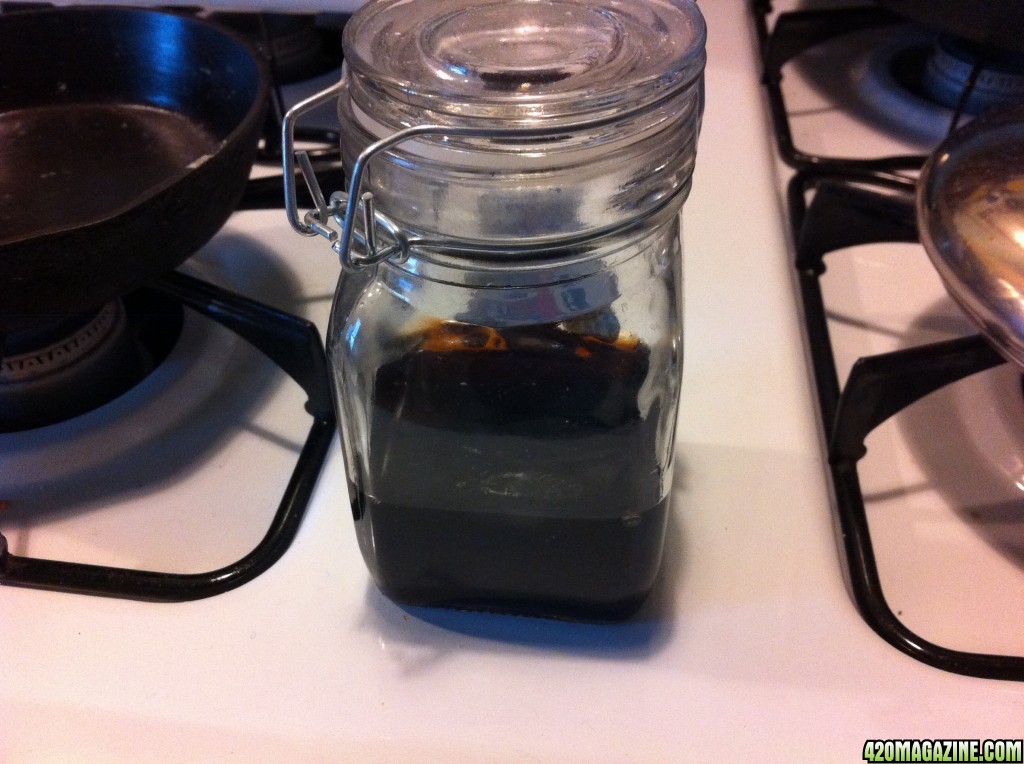


 maybe we all have our little god complexes, seems very human to me.
maybe we all have our little god complexes, seems very human to me. 


